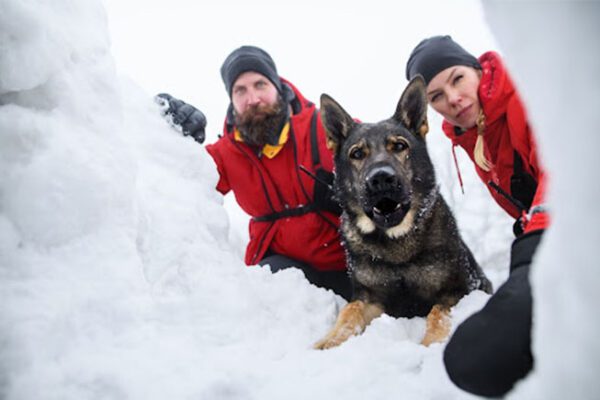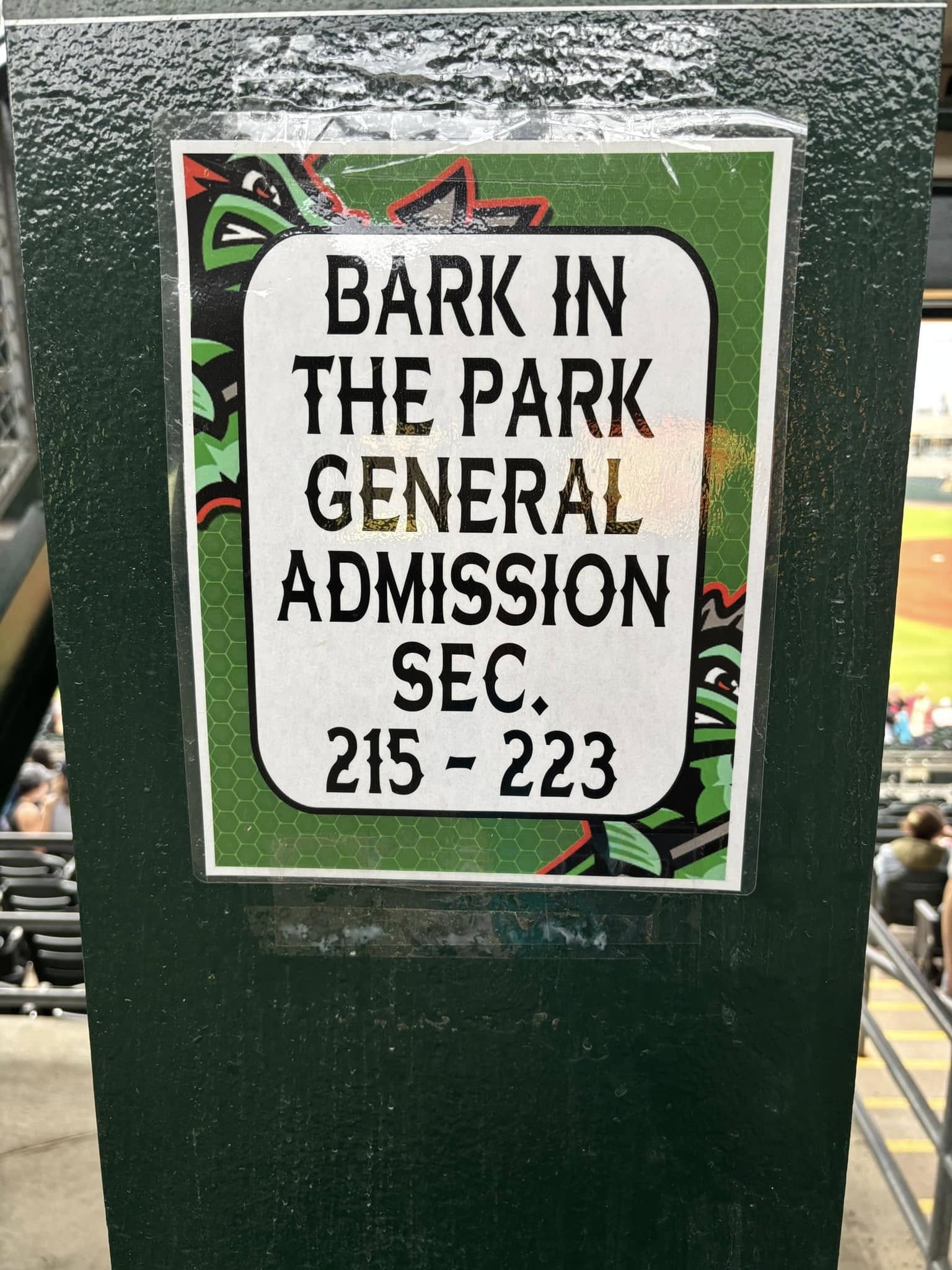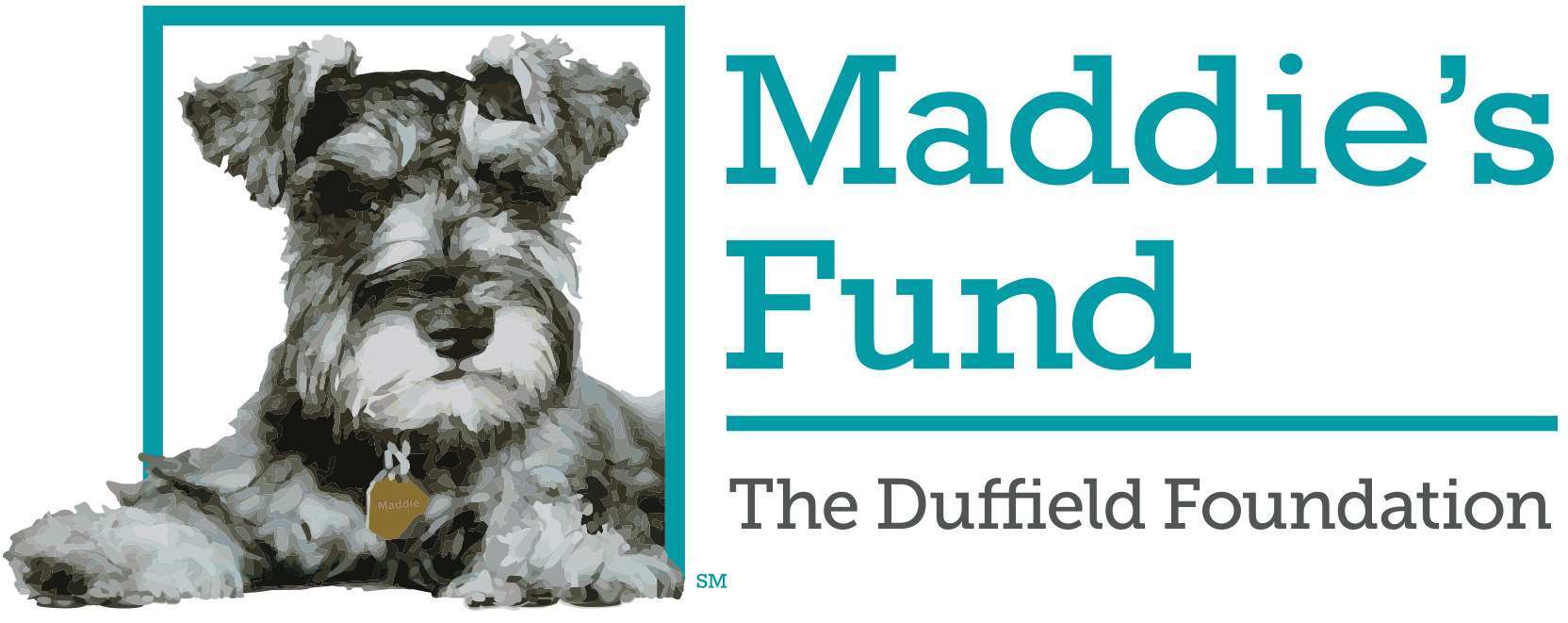Pet Care During Winters
Share this story

Many pet owners believe that because their furry friends have fur, it automatically keeps them warm. But as soon as the temperatures start to drop and there’s snow and ice, pet owners need to ensure that they are still watching out and keeping them safe during those cold winter months.
Regardless of their coat of fur, our pets are still at risk in freezing temperatures. If we feel that it is very cold, the chances are that our trusted companions feel it, too. The weather outside can put our pets at risk, so we must remind ourselves to check that our pets stay comfortable and safe.
If it is your first time owning a pet during the winter because you recently adopted, or maybe you’ve owned pets previously but want a refresher on safety during the winter. Whatever the reason, before you take your pet out for a walk in the brisk winter chill, take some time to read through these helpful tips for pet care during these times.
Stay Indoors More Often During The Season
When temperatures get below freezing, your pets should never be going outside for more than short walks to go to the bathroom. You do not want to leave any pet outdoors in weather that you immediately sense is too cold for you to be outdoors in for more than a few moments at a time. Therefore, you should be conscious of keeping your pet mainly indoors.
Some animals and breeds are more susceptible to cold weather than others, so pay attention and do research to understand more about your pet’s needs. For example, short-coated, thin, young, and senior pets tend to get colder more quickly. On the other hand, some pets are more equipped to handle the colder temperatures and may not mind being out for a little bit longer.
Either way, keeping walks shorter is a great idea. You should also ensure that your pet doesn’t risk getting lost or running away, especially in the cold, so keeping them leashed and having their collars up-to-date is also necessary. It might help finding a chew-proof dog harness to ensure that you won’t risk a dog running loose and becoming lost.
Bundle Up
Remember that hypothermia and frostbite are at high risk the colder that it is outside. Extremities on your pets, such as the tips of their ears, tail, paws, and end of their nose, are going to freeze first. So you should do frequent checks of those parts and ensure that they haven’t gotten too cold, or if you are concerned, just bring your pet back indoors.
Since we dress appropriately for the cold weather, it can be helpful to do the same for our pets. Investing in apparel like booties for their feet, pet sweaters, and hats can go a long way to helping our furry friends feel more comfortable in freezing temps. You can also ensure that they have a warm place within the home to return to, such as a pet bed. Be careful that if they tend to curl up in a warmer area, such as next to a fireplace or on a stove, you have barriers in place so that your pet doesn’t become injured.
Care For Your Pet’s Paws
The health and safety of your pet’s paws are crucial during the wintertime. When it gets cold and icy, many people will salt driveways, sidewalks, and other pathways to melt the ice and prevent falls. However, the rock salt and de-icer products used can be very toxic for your pet.
It would help to purchase pet-safe de-icers for your home, as well as ensure that you consistently and frequently wipe off your pet’s paws after they are outside for a walk. Often, they have instincts to lick at it to get it off their paws, and they can become sick from it. You should also be careful to check their feet for any signs of injury or complications with their paws, such as being dried out, cracked, or bleeding.
The Holiday Season For Pets – You Better Watch Out!
Many times with the winter season also comes the holiday season. Lights are strung up, and poinsettias are purchased to create beautiful decor within the home. Both of these things, however, pose a significant threat to a pet.
Chewing on a live electric cord can put your pet at risk for electrocution. Be sure to properly secure and hide away any cords that are visible to your pets as much as possible so that they are not tempted to play or chew on them. Also, while poinsettias are beautiful, they are very poisonous, so don’t let your pets be near these types of plants if you have them during the holidays.
Food is another aspect of adequately caring for your pet. Unfortunately, the holidays bring a lot of foods and baked goods, most likely more often than other times during the year. Though it is tempting, don’t feed your pet the turkey off of the table or too many sweets like pie and cookies – they are not safe for our pets and could require a trip to the vet.
Other Protective Measures
We can take many steps as pet owners to ensure our pet’s safety and warmth. In addition to the ones mentioned above, some other considerations you might want to do during the winter months include:
- Investing in some reflective gear if you take your pet for walks when it’s dark – and let’s face it, it gets dark a lot earlier in the wintertime!
- Try to shelter your pet from freezing winds when they go outside by walking among surrounding trees or buildings.
- Avoid walking near frozen lakes or ponds so your pet doesn’t walk on ice that might break and cause major injuries.
- Avoid any spills that you may see around cars or other vehicles during your walks – antifreeze is very poisonous but attracts pets because it is sweet.
Being as prepared as possible for extreme weather conditions goes with the phrase “better safe than sorry.” Have a plan in place that includes your pets when it comes to situations that might require food, water, and any necessary medications to last you and your pet in case of things like power outages or snowed-in days. You will be thankful that you planned in case something were to happen.
Keep your pets healthy and happy this winter by minding their safety and keeping them warm!











